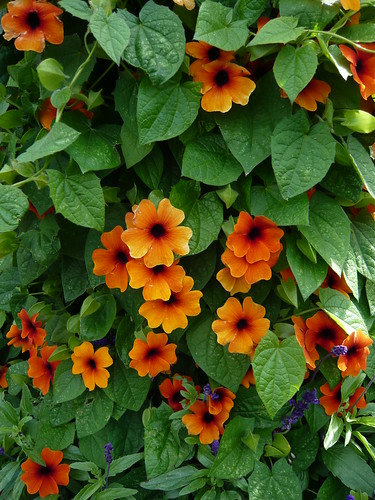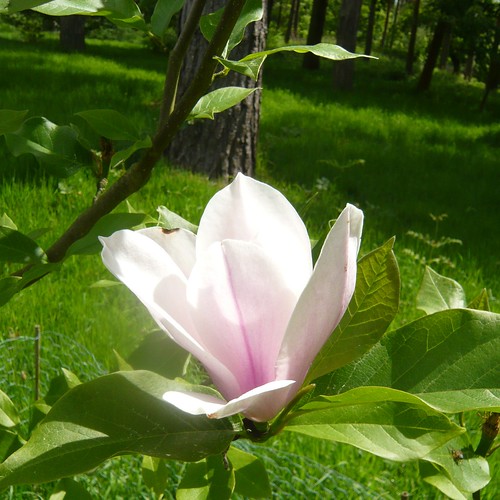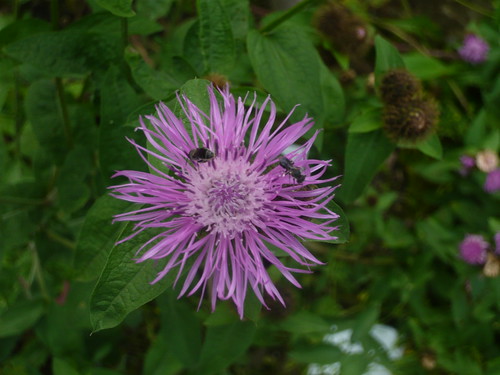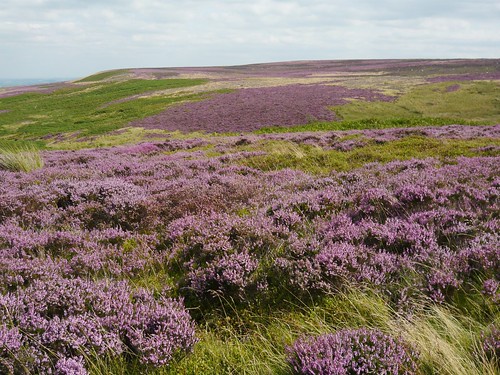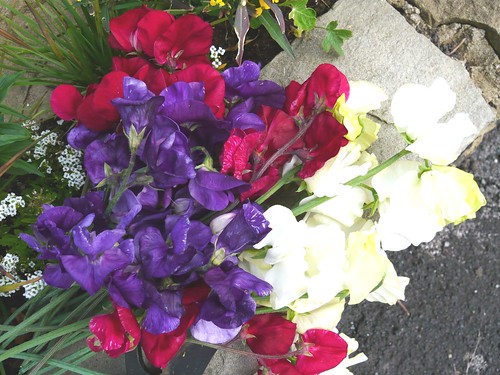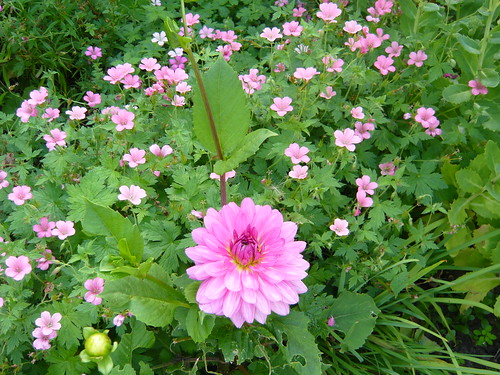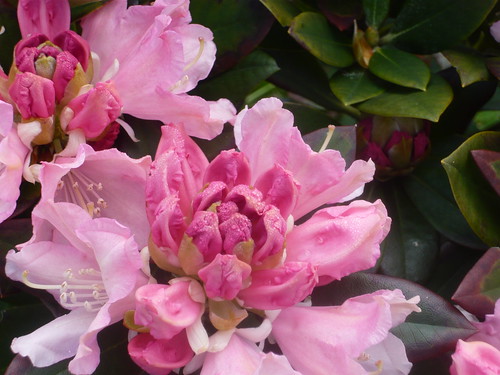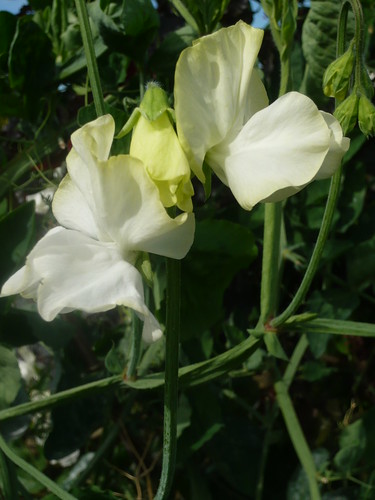
Where best to plant Sweet Peas? I have grown Sweet Peas in 3 locations this year and got very different results.
Best Growing Location
The best location by a country mile has been in a new bed which had plenty of garden compost incorporated last back-end. The roots are shaded from the sun so do not dry out whilst the plants get into the sun when about 18 inches tall.
2″ high seedlings were planted out in April from modules where 3 seeds had been germinated together. I did not split the seedlings leaving them in a clump. I guess this had the same effect of pinching out to get branching a task that I never got around too. I was given a tip to pinch out the tendrils that take energy and distort the lengthy stems of the Sweet Peas and I have done this where the support and my inclination allows.
I planted garlic cloves at the back of the bed but they have not done nearly as well. Other than that and some night scented stock at the front of the peas there has been no competition from other plants. I have lost count of the large bunches of sweet peas we have had in the house and given away. As long as I keep picking them I hope the floral display will last.
Worst Location
From the same batch of seedlings, treated in the same way I planted several near an obelisk that also has a Climbing Rose and Honeysuckle already established. I top dressed with compost but didn’t get it too the roots. Despite Growmore and liquid feed top ups, the plants have looked starved and are only now beginning to provide enough flowers for a vase. The summer has been wet so it is not down to moisture but the lack of humus and competition from other hungry feeders.
Middling Location
In a large terracotta pot some spare plants were supported by 5′ canes. The conditions could be controlled but flowers didn’t start until the plants were at the top of the support and now have nowhere to grow. Next year I will try one of the dwarf varieties of Sweet Pea in pots.

…
Read More Read More
